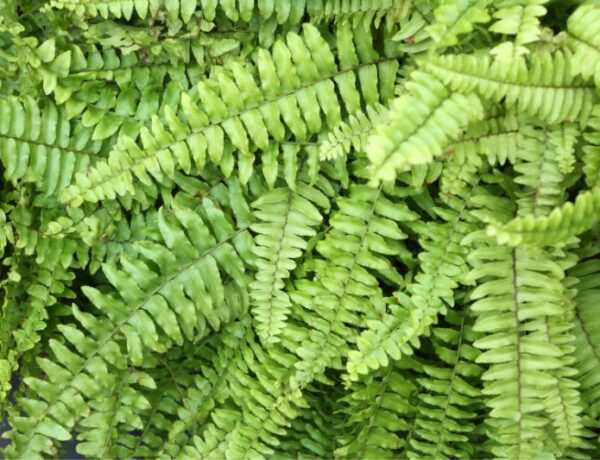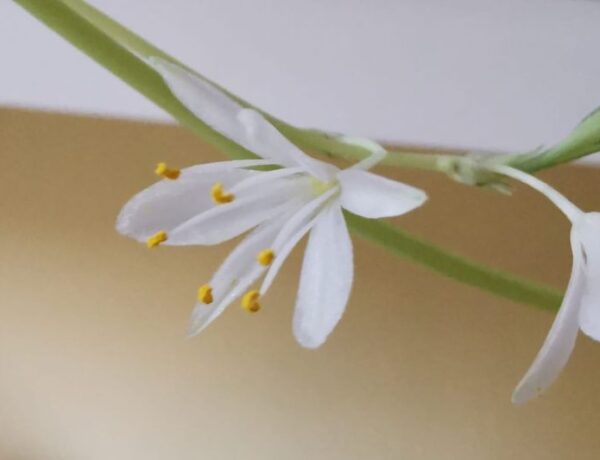Hibiscus plants, especially the tropical variety, are often plagued with yellowing leaves, a common issue but one that can be managed with early detection and appropriate action. Below are several reasons why your hibiscus leaves may be turning yellow and the solutions to address them.
Table of Contents
1. Seasonal Dormancy
Hibiscus plants follow a growing cycle across spring, summer, and fall, entering a dormant stage in winter. During this dormancy, it’s common for some leaves to turn yellow and drop off.
This is perfectly normal and not a cause for concern unless all the leaves become yellow and drop off, which might indicate a different problem.
2. Light Conditions
Both insufficient and excessive light can lead to leaf discoloration and loss. Hibiscus plants in northern climates need full sun during the growing season, while those in southern climates can manage with partial shade.
If you notice yellowing leaves, consider adjusting the plant’s light exposure. For indoor plants, acclimate them to outdoor sunlight gradually to prevent shock and leaf yellowing.
3. Nutrient Deficiency
Hibiscus plants are heavy feeders and need a balanced fertilizer containing equal amounts of nitrogen, potassium, and phosphorus. Yellow leaves may indicate a lack of these essential nutrients.
Iron chlorosis is a specific type of nutrient deficiency where the leaves turn yellow while the veins remain green. In such cases, feed the plant chelated iron along with the usual balanced fertilizer.
4. Watering
Inadequate or excessive watering can lead to yellowing leaves. Hibiscus plants, especially those grown in containers, require a lot of water. The soil should be consistently moist, but never waterlogged.
Both underwatering and overwatering can lead to yellow leaves and root rot. Hence, the soil’s moisture level should be checked regularly, and watering should be adjusted accordingly.
5. Temperature
Tropical hibiscus plants are not frost-hardy, and their leaves will turn yellow and drop if exposed to cold temperatures.
Therefore, if you live in a region prone to frost, ensure to bring the plant indoors before the onset of winter.
6. Wind and Draft
Strong winds and drafts can parch hibiscus leaves, leading to yellowing and leaf drop. To prevent this, plant your hibiscus in a sheltered location or protect container plants from hot summer winds.
Similarly, avoid placing indoor hibiscus plants in spots with strong drafts.
7. Pests
Pests like spider mites, scale insects, and mealybugs can cause yellowing and leaf drop. Spider mites, for instance, are tiny creatures that can cause significant damage by sucking the sap from the leaves, leading to yellow spots and eventually leaf drop.
Regular monitoring and early detection are key to managing these pests effectively.
Conclusion
Yellowing of leaves in hibiscus can be caused by a variety of factors, including dormancy, light conditions, nutrient deficiency, watering issues, frost, drafts, and pests. Understanding these factors and adjusting the care accordingly can help maintain the health and beauty of your hibiscus plant.
However, when growing hibiscus indoors, you may face other common problems as well. One issue is the dropping off of flowers. This can be caused by sudden changes in temperature, light, or humidity. To prevent this, try to maintain a consistent environment for your hibiscus.
Another problem is the drooping of leaves, which can also be a sign of stress due to changes in the plant’s environment or care routine. Overwatering or underwatering, for instance, can lead to drooping leaves. Therefore, keeping a balanced watering schedule and ensuring the plant has well-draining soil can help address this issue.
By understanding these issues and providing the proper growing requirements for your hibiscus, you can ensure it thrives, whether it’s grown indoors or outdoors. Remember, the key to successful hibiscus care is monitoring the plant’s condition and responding promptly to any signs of stress or disease.






No Comments